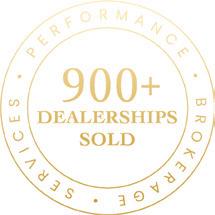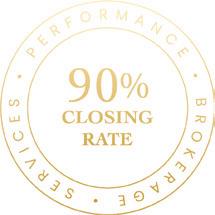


SPRING/SUMMER 2024
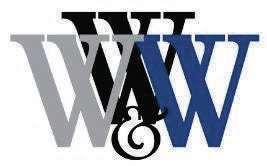





There is a reason that windshields are so much bigger than rearview mirrors.
It’s simple when you think about it: People who drive automobiles need to spend more time looking forward than backward. The same is true of people who work at automobile dealerships. And it is truer today than it has ever been. The future is here. Change is constant. It is happening faster than ever before, and it’s never going to slow down. Concepts that would have seemed like science fiction just a few years ago are here and being deployed in Iowa automobile dealerships today. There are more on the way.
I understand that things like artificial intelligence, highly automated/self-driving vehicles, electronic contracting and titling, over-the-air updates, and computer-based remote selling practices may not be your preferred method of doing business. However, our reality is that those are no longer just interesting things to think about that might happen someday, but instead they are part of today’s automotive retailing together with a nearly unimaginable host of other technological developments.

Iowa Automobile Dealers Association is a best practices organization with a mission that includes protecting, preserving, and increasing the value of member dealerships. I am convinced that mission requires us to push the envelope a bit (and sometimes more than a bit) to address change regardless of when or whether members adapt to it.
A case in point is this edition’s Q&A department, which looks at what dealerships need to know about artificial intelligence. The ways in which AI can be deployed in an automobile dealership and the management oversight and compliance issues surrounding its deployment are all a bit overwhelming. But AI is here and it is being used in your market—and maybe even in your store. You need to be sure that it is being used effectively, safely, and legally.
I really hope you enjoy this edition of Iowa Auto Dealer We have tried to point the windshield toward timely topics, like addressing the technician shortage and figuring out the best time and way to sell a dealership. We’ve also taken a glance in the rearview mirror in the Noteworthy department, showing how the Hawkeye state has led the way in transportation trends.
No matter which way you’re looking—forward or back—IADA has been and will continue to be a champion of Iowa’s automotive retailers. Change is constant, but so is your association’s support. We’ll face the future together and serve Iowa’s automotive needs even better as a result.

Bruce Anderson IADA President
1111 Office Park Road
West Des Moines, Iowa 50265
Phone: 515.226.1900
CHAIRMAN Josh VanNess
VICE CHAIRMAN Jason Willis
PRESIDENT Bruce Anderson
SECRETARY Danny Wilson
TREASURER Matt Brown
IMMEDIATE PAST CHAIRMAN Dave Wright
DIRECTOR AT LARGE Tim Godfrey
DIRECTOR AT LARGE Scott McMullen
HEAVY DUTY TRUCK DIRECTOR Fred Grask
INDEPENDENT DIRECTOR Joe Clemons
DISTRICT ONE DIRECTOR Doug DeYarman
DISTRICT TWO DIRECTOR Lindsay McGrath
DISTRICT THREE DIRECTOR Scott Politte
DISTRICT FOUR DIRECTOR Carey Kemna
NADA DIRECTOR Jeff Weber
EDITOR Brittany Bungert
Iowa Auto Dealer (ISSN 2472-2634) is a bi-annual magazine produced for members of the Iowa Automobile Dealers Association.
© 2024 Iowa Automobile Dealers Association
Spend more time looking forward than backward.

When it comes to Iowa’s roadways, Iowans are cutting edge.
What do dealerships need to know about artificial intelligence?
The leader of the IAD Foundation for Education shares what dealers need to know about solving the service tech shortage.
See how well you know Iowa’s automotive laws and regulations.
14
Make a plan for when it’s time to sell your dealership.
Iowa has a vibrant automotive retail industry.

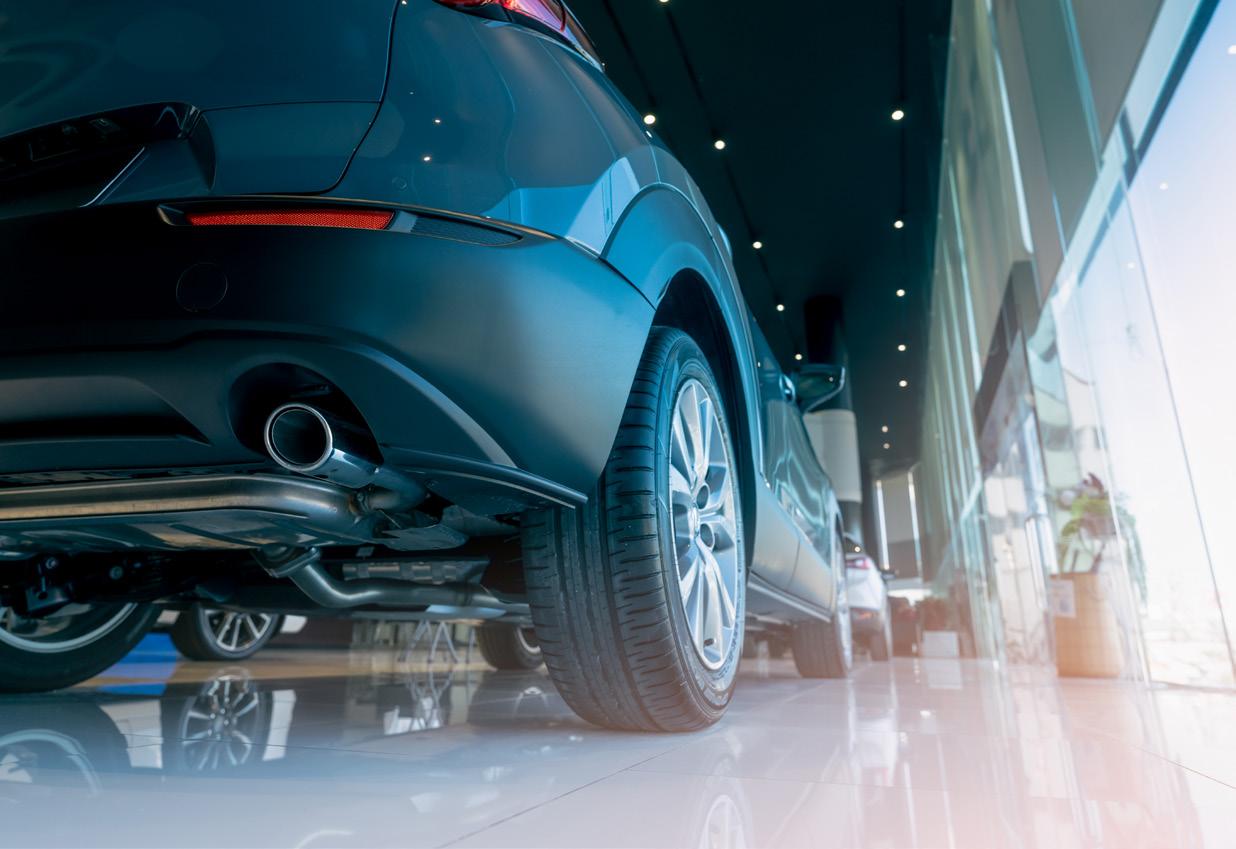

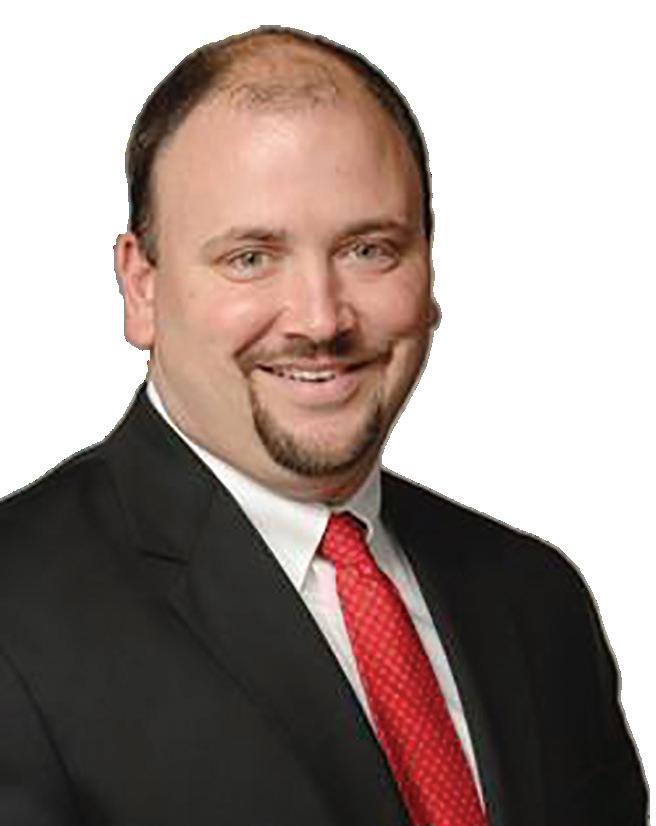
Iowa dealers—and the customers they serve—have long been on the cutting edge when it comes to motor vehicles.
The first concrete paved street in Iowa—and only the second concrete street in the nation—was paved in Le Mars in July 1904.
In 1915, Iowa topped the country for number of automobiles per capita, with one car for every 16 people.
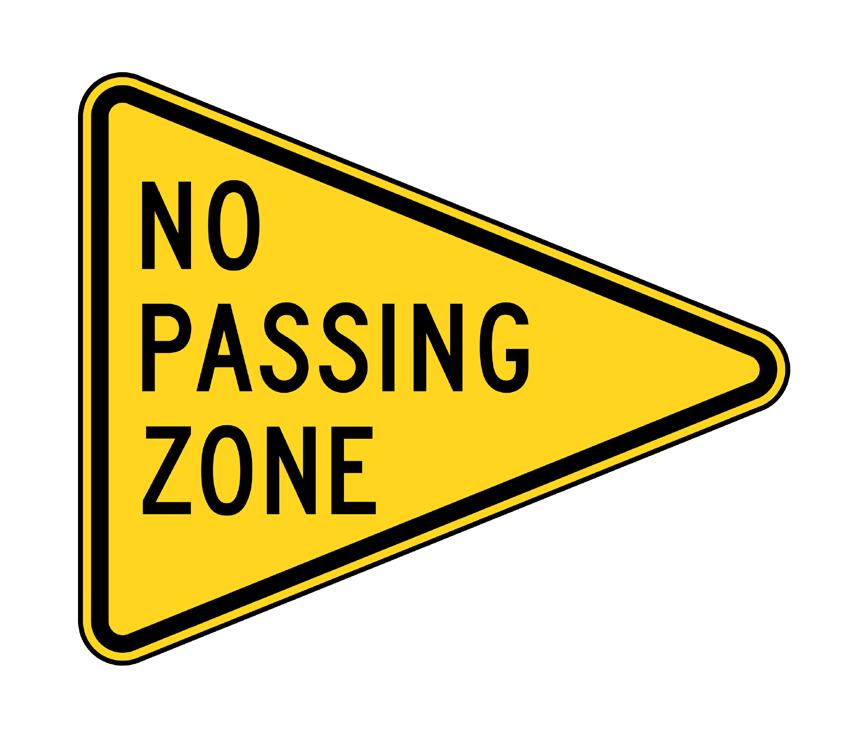
The familiar No Passing Zone sign originated in Iowa in the late 1950s. The sign was later included in the national Manual on Uniform Traffic Control Devices and today appears next to roadways across the country.
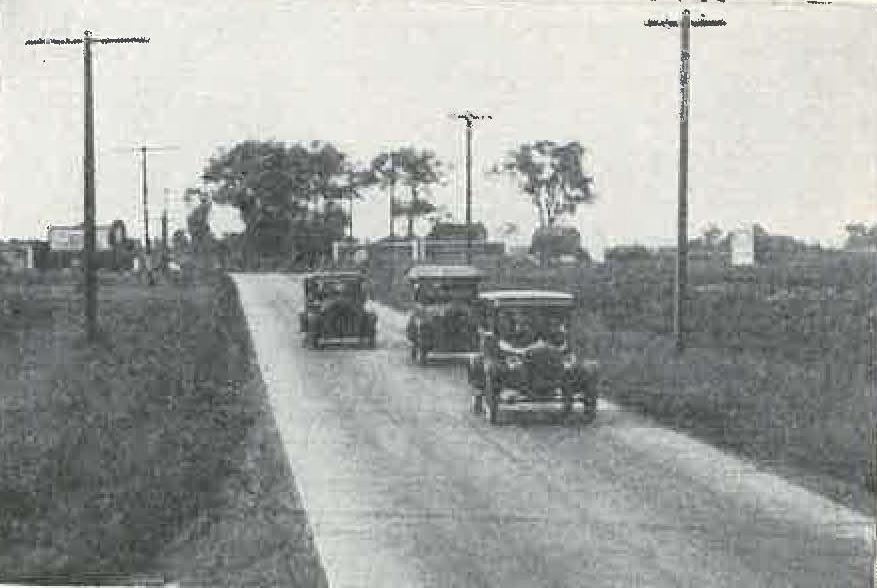
1904: 931 registered motor vehicles in Iowa
1915: 147,078 registered motor vehicles in Iowa
2023: 3,750,866 registered motor vehicles in Iowa
In 2019, the state of Iowa launched the extremely popular blackout license plate design. It was so popular, in fact, that multiple states have copied the design, including Colorado (2022), Mississippi (2022), and Minnesota (2024).
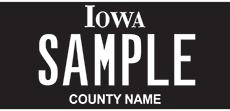
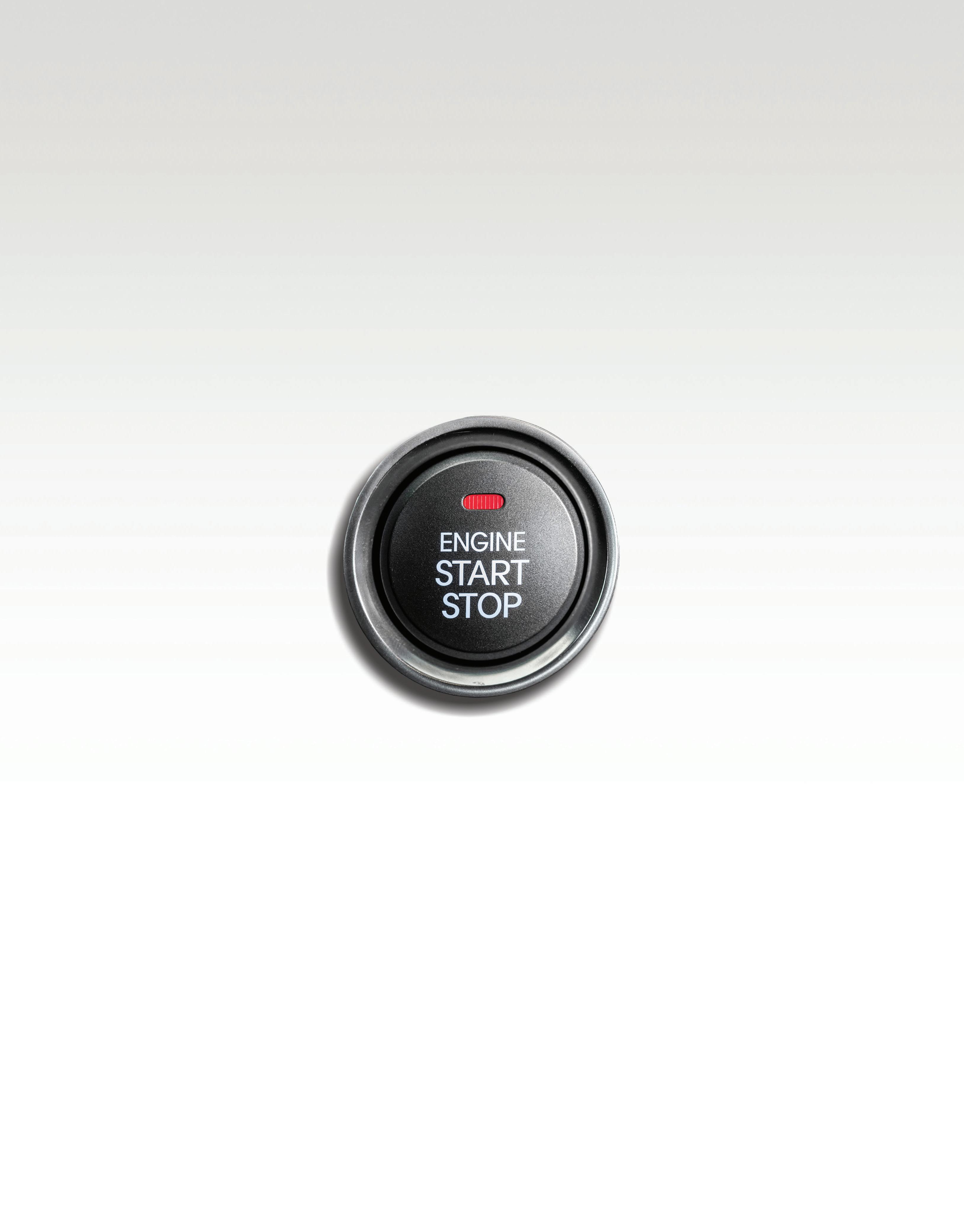

We applaud that your vision of making a positive impact starts with the confidence of knowing your destination. Our vision is helping you get there. Whether you’re looking to avoid risk, manage costs, or grow strategically, our forward-thinking professionals can help you prepare for what’s next.
FORVIS ranks among the nation’s top 10 public accounting firms, helping unlock the potential of our clients, people, and communities. We deliver an Unmatched Client Experience ® with assurance, tax, and consulting services that reflect our exceptional capabilities and uncommon commitment to excellence.
Artificial intelligence is everywhere right now. What does my dealership need to know about this developing technology?
As the automotive industry continues to evolve amidst the ever-growing presence of artificial intelligence (AI), it’s imperative that dealerships take hold of this transformative technology while it’s still a fairly new concept.

— JENNIFER DONOVAN Chief Executive Officer DOM360
As the CEO of DOM360, I advocate for a balanced approach that brings together the capabilities of AI with the invaluable asset of human capital. First, dealerships must recognize the multitude of benefits AI can bring to each of their departments individually. Tools like AI answering systems and customer behavior analysis software have the potential to revolutionize operations across the sales and service profit centers. However, merely adopting these tools into your business isn’t enough. Strategic integration, department by department and human by human, is essential for a seamless transition to reach new heights of efficiency without losing the human touch.
Consider the integration of AI in customer interactions. While AI streamlines processes and offers insights, it’s crucial to balance these advancements with empathy. By combining AI’s analytical approach with the personal touch of a skilled team, we craft experiences that deeply resonate with customers, nurturing loyalty and trust.
In an industry where data now reigns supreme, human capital is irreplaceable. AI should complement, not replace, the unique efforts of our employees. By empowering them with AI tools, we enhance decision-making and productivity while retaining the essence of human connection.
In conclusion, embracing AI is essential for dealership success in today’s tech-driven landscape. Let us embrace this journey, harnessing the power of AI while preserving the essence of human authenticity.
Artificial intelligence (AI) will revolutionize nearly every industry, including auto dealers! To prepare your dealership to take advantage of AI’s transformational potential, dealerships should focus on:
1. Identifying AI use cases. In the relatively early stages of the AI
doing and seek opportunities to leverage embedded AI capabilities as they are rolled out.
3. Governance. No discussion around the preparation for






Executive Vice President of the Iowa Automobile Dealers Foundation for Education shares what she wants dealers to know.
BY MARY CASON
The low grumbling once heard in 20 Groups has grown louder as the auto industry faces a daunting challenge—what can we do to recruit and keep techs in our industry? As a large number of technicians are preparing to retire, we must take steps now and establish a plan as the need for auto techs continues.
1Get involved with your high school and community college auto programs.
Being active in your local school district means doing more than writing a check to the booster club or the latest fundraising campaign. Consider having someone on your management team serve on an advisory council or curriculum committee at the high school or community college level (or both). Becoming personally involved sends a clear message that you support the auto programs and are willing to play an active role to ensure they are successful and continue into the future.
Attend career days, job fairs, and any other opportunities to interact with students who are potential future employees. Bring your service team to provide first-hand knowledge and a chance to connect with the students. Be proactive. Instead of waiting for the high-achieving, skilled students to find you, you need to find them. Bring lunch to the classroom for middle or high school students that are exploring career

A small gesture plants a seed and makes an impact on an impressionable, hungry mind. Young people are thinking about their job opportunities early in their educational journey. Having conversations in middle school allows students to think about their career paths and helps them plan their high school courses.
Mary Cason is the Executive Vice President of the Iowa Automobile Dealers Foundation for Education, a role she has held since 2003. She also serves the automotive retail industry as Director of Special Events for the Iowa Automobile Dealers Association. Before joining IADA, Mary worked for the Republican Party of Iowa and for the office of the former surgeon general Dr. C. Everett Koop.


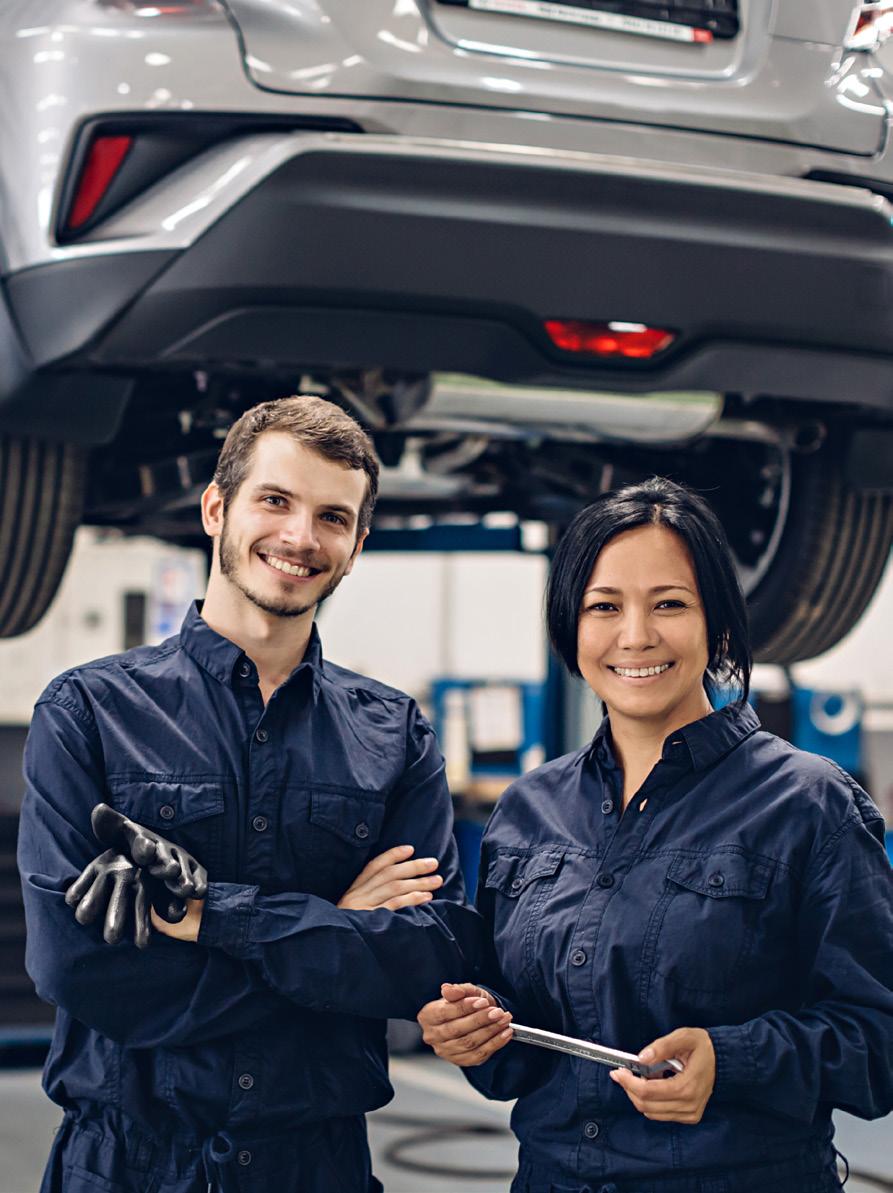
Develop a relationship with the local automotive instructors.
Connect with high school and community college auto instructors and explore ways to partner together to enhance the learning experience for students. High school auto programs are usually one of the first programs cut when budgets tighten. Look for ways to ensure students have opportunities to best prepare them to enter the workforce.
Loan the program a new vehicle to give students a chance to experience the latest technology and learn with vehicles they will work on after graduation. Help instructors create a classroom and shop that replicates the day-to-day environment in a dealership. Look for used parts that you no longer need and could donate to a school to enhance their program.
Instructors know their best students and those committed to staying in the industry. Connecting and partnering with them throughout the year builds rapport and helps keep you in mind when an exceptional technician is looking for position.
Look for ways to promote automotive careers and build industry awareness.
Collectively, we need to change the perception of the industry and do a better job telling our story. Iowa dealerships employ over 12,000 people with average annual earnings over $73,000. That may surprise many guidance counselors and parents. As they talk about career paths with their students and children, it is important they know what opportunities exist in local dealerships.
Think of a success story in your store. Is there someone who would be willing to share their experience with your local newspaper? Many local news outlets are looking for human interest stories and may be willing to tell the story of a successful tech.
The stereotypical grease monkey image of the past is no longer an accurate description of today’s tech. Technicians are critical thinkers, resourceful, and skilled with their hands. You already know that, but those influencing the future workforce need to understand that the expectations and work environment have changed.
Develop a recruitment team that hosts a dealership event for the local middle and high school students, their parents, and guidance counselors. Give tours so they can experience what a typical day is like at a dealership. A service technician can share first-hand knowledge by talking about his or her personal experience with the students. Expand your invitation to parents and guidance counselors to make sure that those who influence a student’s decision-making know that today’s technician has evolved beyond an outdated image from the past.
If we don’t introduce young people to the auto industry early, another skilled trade will. Many of those industries are also in need of employees and are recruiting from the same applicant pool. Several Iowa communities compete with well-known manufacturers who provide incentives for young adults. It is a competitive job market and other industries are attempting to engage the same students. Explain the career opportunities and benefits of working at a dealership and the potential for growth that many other industries cannot provide.
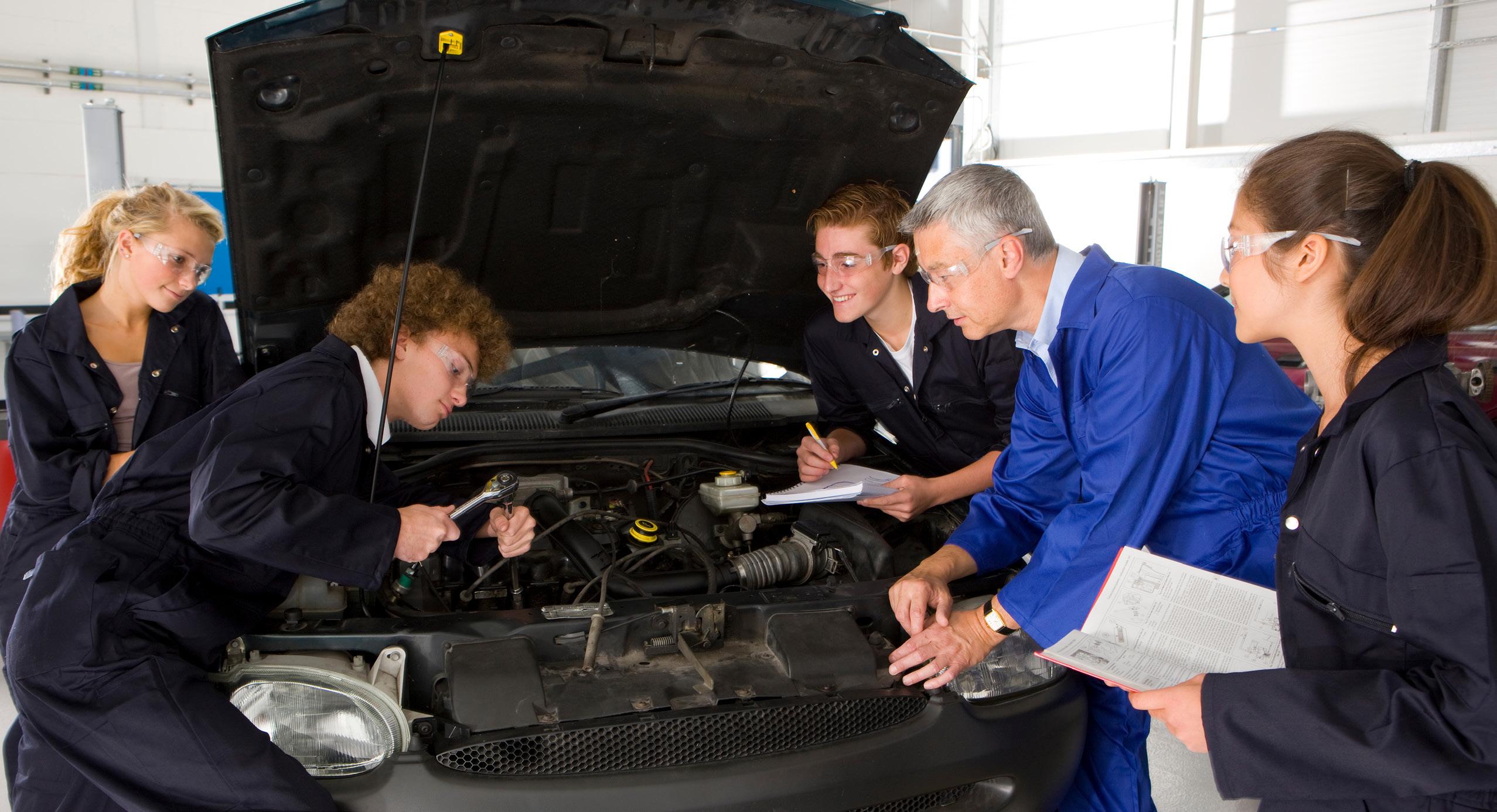
• Volunteer for advisory councils.
• Look for opportunities to connect with middle and high school students.
• Donate old parts or loan vehicles to auto tech programs.
• Share career benefits with guidance counselors and parents.
Grow and support your own technicians.
Look at your current employees to see if someone who is already a part of your dealership family shows interest in learning more. Talk to them about their future plans and cultivate your existing talent.
Maybe there is a current employee who has a son or daughter exploring career options or who has similar interests as their parent. Many young technicians are inspired by family members or friends in the industry. Others grew up in the garage working alongside their mom or dad learning the basics. Determine the best way to connect with them.
Provide financial support to your techs as they begin their postsecondary education. College is expensive and is a determining factor for many students as they explore their next educational steps. Agreeing to pay part of their tuition, purchase tools, or provide a flexible work environment allows students to attend classes while continuing to have income to pay for school.
Consider adopting pay plans and a positive work environment that make a technician’s career more lucrative. Adopt incentives that reward a tech’s commitment and longevity in your dealership. Instead of a sign-on bonus, offer technicians a retention bonus to encourage them to stay and build their career at your dealership.


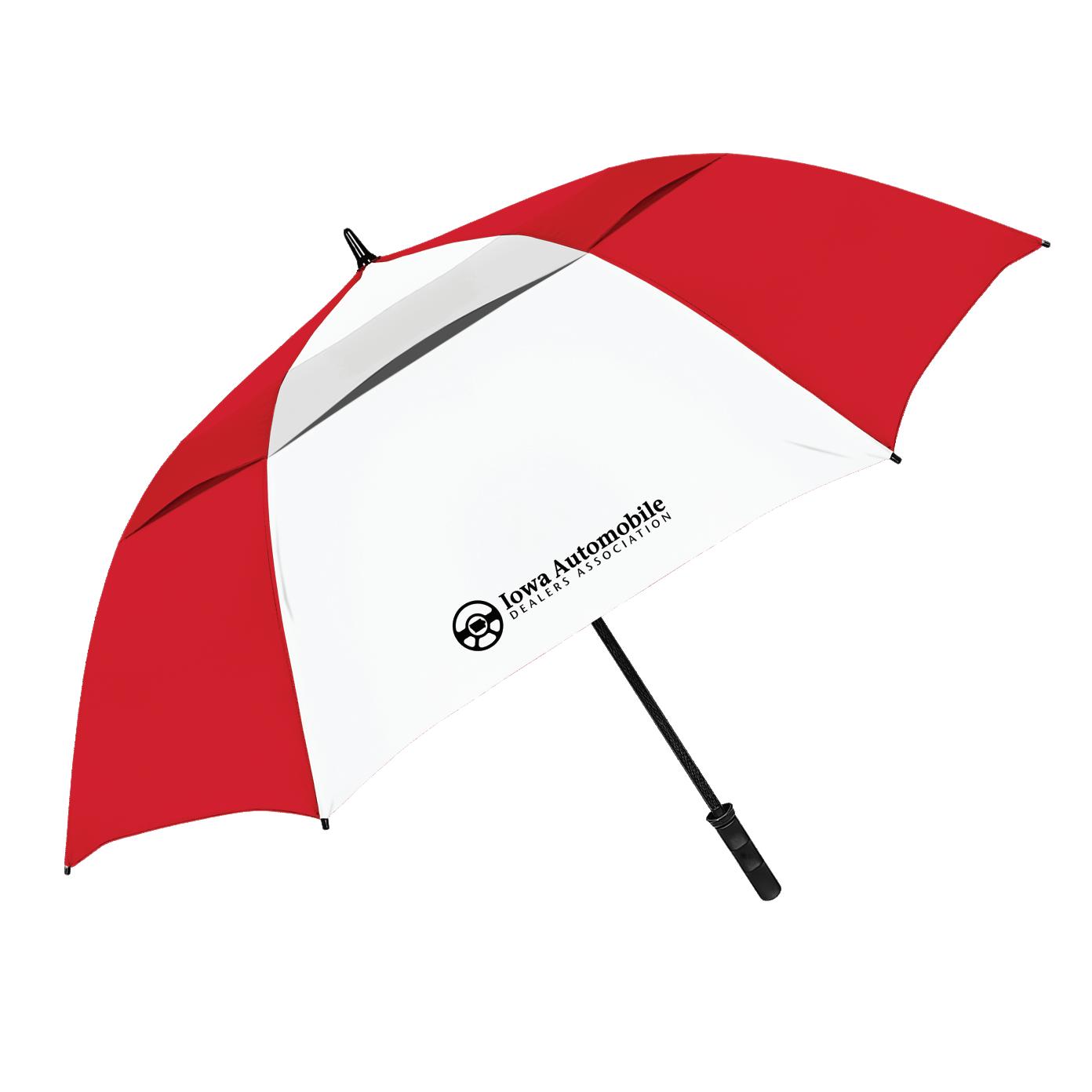

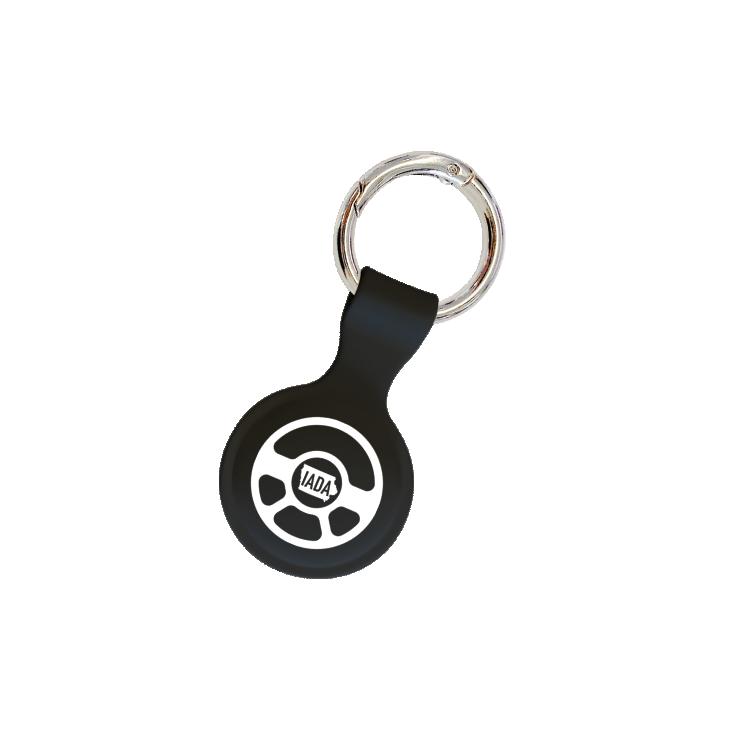



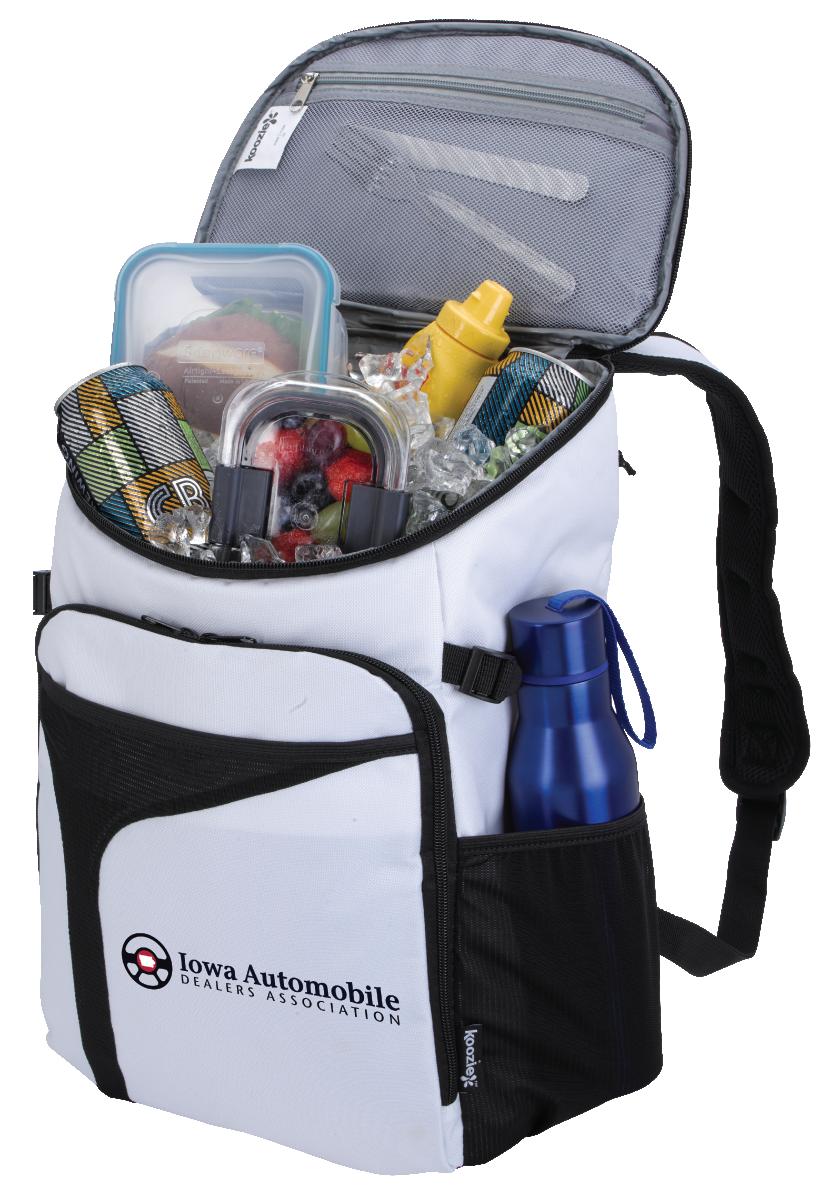




If you are struggling to find a qualified technician, you are not alone. There is a nationwide tech shortage. Although that may not give you peace of mind, it may encourage you to get involved and make a financial commitment to help solve the problem.
The Iowa Automobile Dealers Foundation for Education was established in 1995 by a group of dealers who strongly felt that they needed to band together and collectively give back to their communities. Their passion and financial commitment spurred the creation of the Foundation to help provide a continuing supply of future dealership employees.
The early founders could not have predicted the diminishing number of students enrolling in automotive studies, but their forward-thinking actions have put the Foundation in a position to play a role in creating solutions.
The Foundation supports the development of high-quality workers by awarding scholarships; developing programs and incentives with high schools, colleges, and educational agencies; and encouraging the public to pursue a career in the industry.
Since its inception, the Foundation has awarded more than 425 scholarships totaling more than $360,000 to students pursuing an automotive career. The majority of scholarship recipients plan to become a service technician.
Most IADA members include a contribution to the Foundation with their annual dues statement. If you are interested in taking your industry enthusiasm further, consider joining the Foundation board of directors or becoming a major Foundation donor.
Working collectively makes a larger impact on the industry and your local community. Contact me (mcason@iada.com) to learn how you can take that next step.


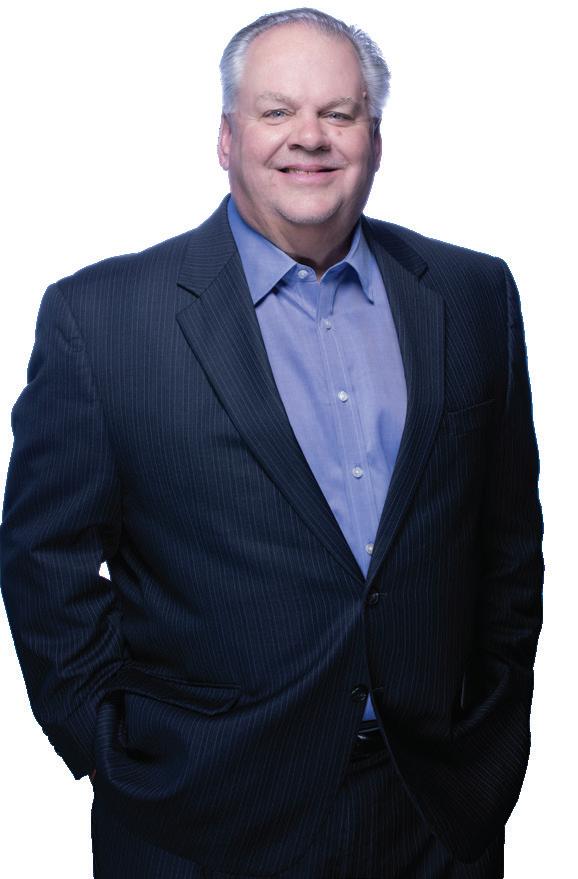


Every dealer should have a plan in place for when it's time to move on.
BY ANGIE DISALVO
It’s time.
Either for retirement, for your next venture, or for the entire family (or at least part of the family) to divest. No matter the reason, you want to sell your dealership.
And, even if this doesn’t sound like you right now, it at least sounds familiar. The automotive retail industry is facing a unique set of challenges and opportunities that has many dealers looking at this exact scenario.
“We’ve never had an industry that’s in the midst of some of the biggest changes we’ve ever seen,” said Erin Kerrigan, founder and managing director of Kerrigan Advisors, a dealership buy/sell advisory firm based in Nevada. “We’ve never had the actual product change and the way in which we sell the product is changing and the way in which we service the product is changing.
“So sort of every line of business in the auto retail business is in some sort of change. You couple that with the fact that the value of this business is at an all-time record.”
Whether you are looking to capitalize on the high market values, the timing is simply right for you, or you're ready to put a plan in place, you need to know your options, what the process even looks like, and how to get started.

The road to saying goodbye to your dealership can look different for every business. Three routes you can take include:
The first thing you need to know is that your approach is going to need to be different than anything you’ve done before.
“Selling a dealership is very, very different than selling a vehicle,” said Jim Arenson, automotive dealer attorney and shareholder at Arenson Law Group in Cedar Rapids.
Next Generation
Generations upon generations have led dealerships in Iowa and beyond. And passing the family business to the next generation or selling shares to another family member (like a sibling or cousin) is a very common option for dealers who want to get out of the business.
“These businesses quite frequently are family-owned businesses,” said Arenson, who estimated he has been involved in about 135 deals on both the buy and sell side. “And so you see a lot of family involved in dealer transactions.”
The big benefit of passing on the business to family, of course, is maintaining the legacy and, often, the consistency of the name on the sign.
Family transactions do come with a unique set of challenges because of the expectations and dynamics that inherently come with families.
Arenson recommends that if a sale involves more than one adult child, the family makes sure that they use thirdparty legal and accounting experts to explain every part of the transaction so that every family member understands what is happening to avoid any issues or hard feelings later on.
John Hofmeyer IV, another dealer attorney at Arenson Law Group, suggested also thinking through the logistics of the company operation after the sale if there are multiple family members who will now own the business.
“There are also future concepts you have to think about,” he said. “You have to think through what are the implications of them coming into the company. How is it going to transition fully? How much or how are there going to be allocations between the kids with control? Whenever there is more than one owner, it brings its own complexities.”
And because some family dealerships are running with the help of third and even fourth generations today, passing on the business or selling can be even more complex. Instead of in the past where perhaps two siblings owned a dealership, you may now have six cousins operating the family business.
“That puts a lot of pressure on the
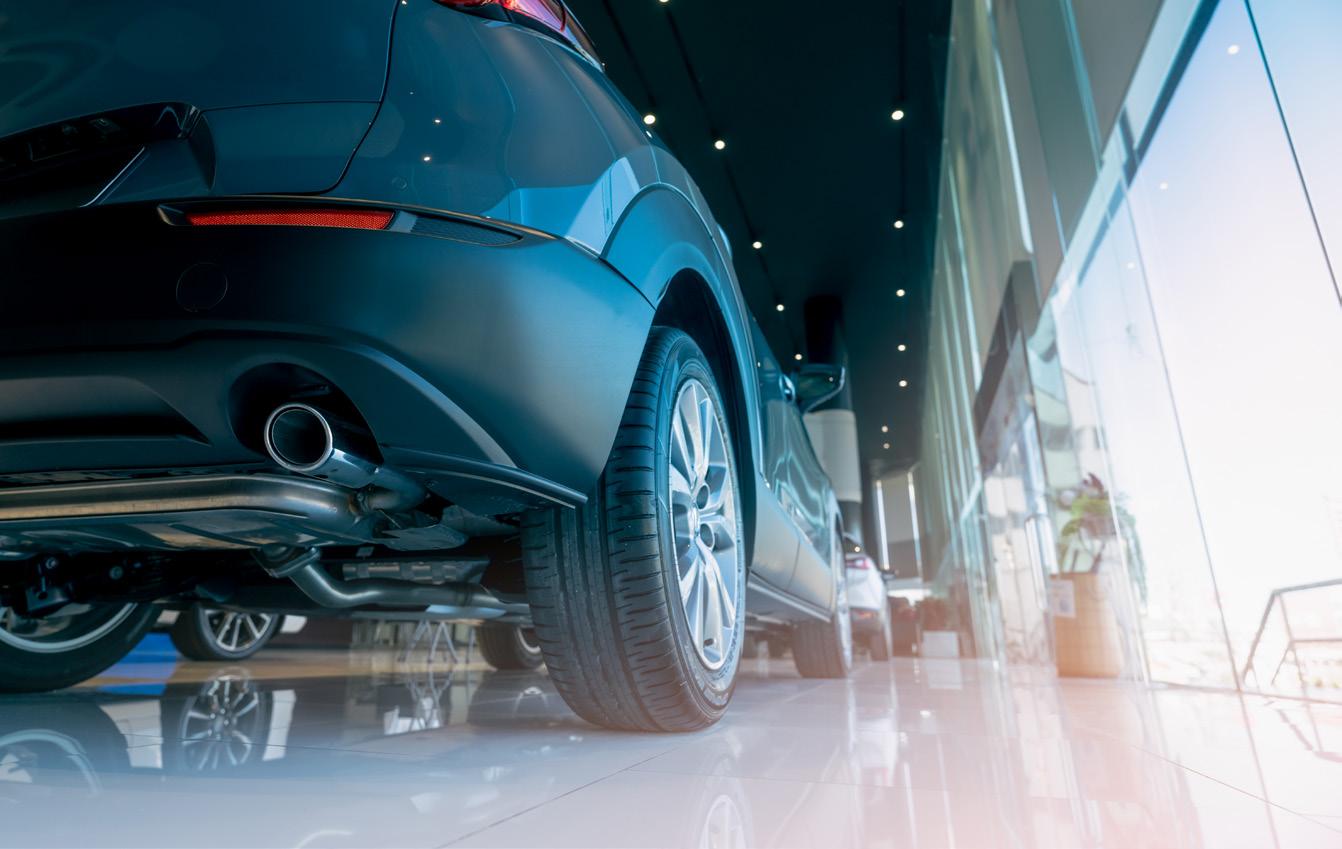

next generation to try to manage the business,” Kerrigan said, “and also look at the value that is being passed down and say ‘Am I the best steward of this value or really is it best if we capitalize on it and apply it to another venture that isn’t risking the corpus of the value that the family has created?’”
The best answer for your dealership could be to pass the business on to the family. If not, there are other options.
If you don’t have any family interested in your business or the record high values have caught your attention, selling to someone outside your dealership is something to seriously consider.
“In our experience, an external party is going to place a higher value on our client than an internal party,” said Kerrigan, whose firm runs the whole process of selling a dealership on behalf of a dealer. “Oftentimes, from a valuation standpoint, the proceeds are often higher.”
Selling to an outside party
can sometimes be harder in unexpected ways, though, even if it is more profitable.
“It’s an extremely emotional decision,” Kerrigan said, “because most dealers love this industry, love being a dealer, love the people, love their business. It’s just that emotion. They’re feeling a little like they’re letting people down by selling.”
However, outside of generating the highest proceeds for the selling dealer what an external sale can often do is offer career growth for employees, as many buyers own multiple dealerships.
Another concern can be feeling a loss of connection to their community when a family sells their dealership to an outsider and the name on the door is no longer theirs. But, Kerrigan said, a lot of her clients still feel like pillars of the community after a sale.
“Ultimately, I think they realize that with the proceeds of the transaction they can still do a lot of good for their community,” she said.
If you prefer to keep the business in-house, you can sell internally to a non-family member employee or transition the business into an employee share owner plan (ESOP).
An outright sale to a non-family member employee, such as a general manager, seems to occur less often than an external third-party sale or family member transition. However, ESOPs are an increasingly popular choice, especially with the tax benefits, market price, and flexibility of continued buy-in available to the business owner. The financial benefits and upward mobility opportunities for employees make it a mutually beneficial arrangement and something that Deborah Giarusso, senior program manager at Advance Iowa and the Iowa Center for Employee Ownership, is focused on promoting.
That center was established thanks to Congress passing the Worker Ownership, Readiness, and Knowledge (WORK) Act in December 2022, which authorized the Department of Labor to
As a dealer, you’ve been selling vehicles for a long time. Maybe even your whole life. And it would be easy to think that when you’re ready to get out of the business, since you're a salesperson with years of experience, you could also do that yourself.
“I can sell a car, so I will sell this,” said Jim Arenson of Arenson Law Group in Cedar Rapids. “And that is probably the worst idea that a business seller could get into their mind. They’re very emotionally and subjectively involved, and that is the moment when you really need to rely on objectivity and people who understand the dynamics of dealership transfers.”
Arenson and other industry experts who have represented both buyers and sellers in hundreds of transfers, including the establishing of employee share owner plans (ESOPs), emphasize the importance of creating your own team for the selling process that includes key players at the top followed by some others that you may want or need to add depending on the route of sale you choose:
• Lawyer with dealership law experience
• CPA
• Your personal financial advisor
• Bank/lender, especially in the case of an ESOP
• Insurance company
• Business consultant
• Valuation firm
“Essentially, it’s important to field a professional team for the process,” said Deborah Giarusso, senior program manager at Advance Iowa and the Iowa Center for Employee Ownership. “That team can represent upwards of five to six organizations that can be involved in the process.”
And while it can sometimes be difficult, Erin Kerrigan, founder and managing director of Kerrigan Advisors, a dealership buy/sell advisor firm based in Nevada, also recommends cluing in a key employee about the selling process.
“They need to make sure they have someone in their organization who knows the numbers brought in,” she said. “A lot of times dealers don’t want that individual to know, but it’s really hard to sell your business if you don’t have the individual who is in charge of accounting and all of the numbers involved.”
Kerrigan added that you need to make sure that you can trust your employee to keep the sale confidential and that you also compensate them appropriately for the time they are going to spend helping gather numbers and information for you, because “they’re going to work very hard.”
Effort and even trust aren’t the only things to look for as you put your team together. Arenson emphasized making sure you don’t just turn to the same lawyer and accountant you work with regularly. You need to find experts with knowledge and experience in automotive sales. Kerrigan agreed.
“I’d highly recommend working with an attorney that has a lot of experience in buy-sell transactions,” Kerrigan said. “Having someone who has done it a lot is really important because you don’t want someone to learn on your dime.”
Having that team with the right experience should be the first step when you prepare to sell your dealership, said Arenson Law Group attorney John Hofmeyer IV.
“You won’t know what you don’t know,” he said, “unless you have a team around you that will help guide you on it.”

provide education, outreach, training, and support for state programs that are dedicated to promoting employee ownership.
“I view employee ownership as an opportunity for people to move ahead in life and narrow that wealth gap,” Giarusso said. “I view it as a beneficial transition for the seller and they can transition out and receive a fair value for the business that they’ve built over time and now it’s allowing their employees to participate in that growth and accumulate some wealth that will be beneficial to their quality of life.”
ESOPs can be established in a number of ways and combinations, such as:
1. 100% employee ownership
2. Partially family-owned/ partially employee-owned
3. Partially individual-owned/ partially employee-owned
4. Slowly transition from partially
“When they are ready to transition, that allows them to maintain the business that they’ve built and grown and transition it to the existing management team and employees so that they’re able to maintain legacy.”
—DEBORAH GIARUSSO
family- or individual-owned to fully employee-owned
“When they are ready to transition, that allows them to maintain the business that they’ve built and grown and transition it to the existing management team and employees so that they’re able to maintain legacy,” Giarusso said.
An ESOP also allows for continued involvement from the family members who still want to be in the business while other family members may want to get out of the business.
“The family is still running the business,” Giarusso said. “However, they implemented an ESOP as a plan of transition over the generations as
“It’s very emotional because auto retail is like a family. There’s just a real feeling of loss that happens at a sale.”
—ERIN KERRIGAN

the family became bigger and not everyone wants to be part of the business and people want to liquidate their share.”
One of the common misconceptions with an ESOP is that because employees now own shares of the company, they may start to think that their daily roles could or should change.
“That is always a concern that business owners will have—what if my employees will think that now we own the business and we don’t have to work as hard,” Giarusso said. “What data has shown is that by educating those employees, actually, retention goes up, productivity goes up, and the overall profitability of the firm also increases.”
Not every business will be a viable candidate for an ESOP. According to Giarusso, a typical organization should have about 50-100 employees and at least $1 million of free cash flow
to be a good candidate. Cash flow is important because the process for establishing the ESOP involves the company securing money that is then loaned to the ESOP, which uses that money to buy the shares from the seller. The ESOP owns those shares in trust for the employees. The cash flow that the business generates is used to pay off the loan.
An ESOP is a different buy-sell process than the other selling options out there but also comes with the added possibility of tax deferral. When you sell your business, which can be worth a substantial amount of money, you will likely also have a significant tax liability. An ESOP can help defer or potentially eliminate that tax liability. There’s other things to consider as well, said Giarusso, who also recommended consulting your CPA for tax information.
“Why a seller would want to move forward (with an ESOP) to some
extent is maintaining a legacy,” she said. “If you built a business, and it’s your baby, and you’ve dedicated the last 30-40 years of your life—and you have employees who have dedicated and been working there for 15 or 20 years or maybe been there since you started, you want to take care of them as well. You want to help them out. And financially, the benefit for a transitioning owner is there.”
Once you choose a pathway, the process most often takes several months as the OEM usually has 60 days or more to approve a sale or transition plus contract due diligence and approval.
With an internal sale to a family member or employee or external sale to a third party, experts agree that an average of 3–6 months is a realistic timeframe to expect. It can and has taken less time and sometimes more

PHOTO BY METAMORWORKS/SHUTTERSTOCK.COM
“If you have a plan in place and you’ve thought about it, then you are less inclined to sell to the first buyer that comes along.”
—DEBORAH GIARUSSO
time depending on the location of the dealership (city vs. rural) and what and how many lines or makes of vehicles.
Setting up an ESOP can take a few extra steps and paperwork because it is considered a qualified retirement plan and governed under the Department of Labor. Giarusso said the process is usually six months.
No matter the transition type you choose, dealers should be ready for a grind.
“It’s a tedious and difficult process,” Arenson said. “And there’s an emotional component to it.”
Maybe the business is a big family operation that has spread well beyond the immediate family into cousins and their families. Or your name could be on the sign, or everyone in town only knows who you are through your business.
“The other thing is, that’s the place I’ve gone every day,” Arenson said
he hears from his clients, “and my identity is that dealership, and now I’ve got to divorce myself from that.”
The focus of emotions can sometimes be different if you are selling to a third party, Kerrigan said. Dealers want to make sure their employees are taken care of, too.
“It’s very emotional because auto retail is like a family,” she said. “There’s just a real feeling of loss that happens at a sale. However, usually most dealers share with me after that it is better for their employees, ultimately, because they are going to have more opportunities to get promoted and to become a general manager. So it’s a bittersweet experience.”
To work through the emotions and the long, tedious process of the transition, Arenson’s advice is to lean on the professional team you have chosen to help you sell the business.
“You can get in your head and not care as much and be mentally gone
from this business,” Arenson said. “And that can be devastating. We say to our clients: ‘We will focus on the sale of your dealership. You focus on running your dealership efficiently and profitably.’”
In order to maximize the profits of your sale, experts say that thinking through the timing is critical no matter which transition pathway you may be leaning toward.
Giarusso said that having a written succession plan for your business well in advance of actually wanting to sell is recommended. This can cut down on anxiety or even panic that can arise when something like bad health or other circumstances cause the need or want for a quicker selling timeline.
“If you have a plan in place and you’ve thought about it,” she said, “then you are less inclined to sell to the first buyer that comes along.”
But dealers and other business owners don’t often have a succession plan in place. The Iowa Center for Employee Ownership has found that of the businesses that are at the point of thinking of transitioning, less than 20% have actually put together any kind of written succession plan.
Succession planning starts with identifying:
• When do you want to sell your business?
• Who do you want to sell it to?
• And how much is it worth?
“And all of those things take time,” she said. “Ideally, I would love if they were looking at this five years before they wanted to transition. It does not take five years to transition, but we have owners who come to us who are ready to transition and haven’t done any planning whatsoever. … And unless you have been doing some research, that takes time for them to decide if they want to sell it to an employee
team. And specifically with ESOPs, they also take time to implement.”
One of the advantages of an ESOP can be that the business must be sold at the fair market value for both sides. The employees are not overpaying for the business, and the business owner isn’t discounting the price.
But the market can be vastly different at different times. And that’s something both Kerrigan and Arenson like to drive home with their clients.
Of course dealers should not get out of the business until they’re ready to, especially given the emotion and logistics involved. But they should not stick to a certain timeframe for better or for worse either because the value of the dealership is dictated by the current economic times.
“I always impart to folks the biggest driver of the value of a business is when they sell it, the market they’re selling into,” Kerrigan said. “I do sometimes get concerned when dealers say that
they’re going to sell in five years, not today. And their reasoning is nothing other than that is when it will feel good to them or that is when it is a good time for them personally. I just hope they don’t expect values to stay in inertia, because they don’t. Values go up and down. Markets change. Even if they’re doing great in five years, if the industry isn’t doing great they won’t get the value they want.”
Arenson said that it is very much like an investor trying to time the stock market who ends up holding on to the asset too long and selling when it isn’t worth as much.
"The paradox is when they’re making the most money, that is when they could get the most for the dealership,” he said. “But typically, dealers will wait until there is a downturn and then they will try to sell. But it is difficult to think of that when you are doing well.”


So, if you want to get ready for a sale, the answer is to get as profitable as you can.
The best way to do that is to look at your dealership about a year out and clean up your operations in a few ways:
• Your books: Collect your receivables and get those current. Look at how you are currently managing your inventory (parts, used cars, and new cars).
• Your employees: Evaluate your staff and make sure everything is running as efficiently as possible.
• Your liabilities: Limit any contingent liabilities like oil for life, as those can be hard to quantify from a buyer’s standpoint during a sale. And, similarly, don’t sign up for any long-term contracts if you’re trying to sell your business.
“Make sure the dealership looks
good, is clean, put the best face on it, have it look desirable,” Arenson said. “Most buyers will evaluate how the seller is doing. All of those things relate to the price.”
But, Hofmeyer warned, do not sink a lot of money into literal curb appeal. You don’t want to be doing any actual renovations to the facility since a buyer oftentimes will want to do the longer-term investments themselves.
As you’re doing that work, you can start figuring out your ultimate transition pathway. But, as Giarusso said, having a succession plan already in place is ideal before you even get to the point of considering selling.
“Take the time to get informed, to understand what the options are versus rushing in,” she said. “In other words, what is your succession plan? Owners need to recognize that there will be a succession at some point. Educate, learn, and identify what the options are and put a plan in place. It’s much harder to move on if you don’t have a plan at all.”
Curious about how to make your dealership look more attractive to potential buyers? Watch IADA's webinar "The Art of Preparing Your Dealership for Sale" with experts from National Business Brokers, the nation's largest automobile dealership brokerage firm.
Watch the webinar anonymously at: iada.link/APDS.


















































































The automotive retail industry is evolving, but it continues to be strong in Iowa.





















































































390+

FRANCHISED MOTOR VEHICLE DEALERSHIPS IN IOWA
900+ MOTOR VEHICLE FRANCHISES IN IOWA
655+ LIGHT DUTY FRANCHISES
85+ DEALERSHIP GROUPS
12+ BUS FRANCHISES
135+ MOTORCYCLE FRANCHISES
65+ HEAVY DUTY TRUCK FRANCHISES




82 IOWA COUNTIES HAVE AT LEAST ONE FRANCHISED MOTOR VEHICLE DEALERSHIP




40+ RV FRANCHISES 48+ IOWA ONLY 37+ MULTI-STATE












LIGHT-DUTY FRANCHISE DEALERSHIPS
FRANCHISE MOTOR VEHICLE DEALERSHIPS OF ANY TYPE




These manufacturers boasted the most registrations per Iowa franchise in 2023.
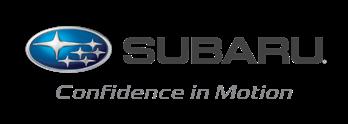
1,005.8
N EW VEHICLES REGISTERED PER FRANCHISE
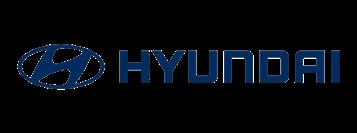
630
N EW VEHICLES REGISTERED PER FRANCHISE

751.6
N EW VEHICLES REGISTERED PER FRANCHISE

702.5
N EW VEHICLES REGISTERED PER FRANCHISE

464
N EW VEHICLES REGISTERED PER FRANCHISE
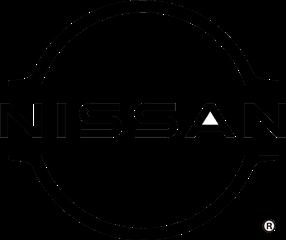
412.2
N EW VEHICLES REGISTERED PER FRANCHISE

666.8
N EW VEHICLES REGISTERED PER FRANCHISE

303.3
N EW VEHICLES REGISTERED PER FRANCHISE

655
N EW VEHICLES REGISTERED PER FRANCHISE

303.3
N EW VEHICLES REGISTERED PER FRANCHISE
These are the top 10 manufacturers of new vehicles purchased by Iowans in 2023.
New Vehicle
From smaller towns to larger communities, these manufacturers have the most franchises in the state.
10

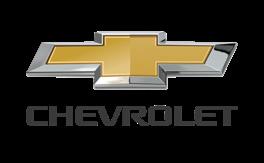






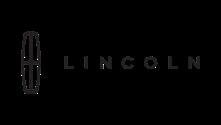
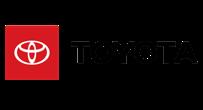
1. What is the minimum number of hours each week dealerships are required to be open in Iowa?
a. 40 hours, between 7:00 a.m. and 9:00 p.m., Monday through Saturday
b. 32 hours between 7:00 a.m. and 9:00 p.m., Monday through Friday
c. There is no minimum number as long as you’re not open on Sunday
d. 48 hours between 8:00 a.m. and 5:00 p.m., Monday through Saturday
2. What type of pen do county treasurers and the Iowa DOT prefer dealerships use when filling out titling documents?
a. Indelible blue ink pens
b. Indelible black ink pens
c. Both A and B
d. Erasable pens
3. Where can the dealer sign paperwork finalizing the sale of a vehicle?
a. At the licensed dealer location
b. At an off-site sales event
c. At a licensed extension lot
d. Both A and C
4. What should you do if your dealership takes a vehicle in on trade with a tampered emissions system?
a. Restore the emissions system to factory specifications before selling it
b. Sell it as is with proper disclosures
c. Pretend you didn’t notice and sell it to another customer without disclosures
d. Wholesale the vehicle so you don’t have to deal with it
5. What reason can manufacturers use to terminate your franchise agreement?
a. Good cause
b. Good cause plus another franchise will become effective in the same community
c. Good cause plus the community cannot reasonably be expected to support a dealership
d. Both B and C
6. What type of plate can mobile service trucks operate on?
a. D-plate
b. County plate
c. A special service truck plate
d. Either A or B
7. When should you list a vehicle in inventory on your website?
a. As soon as you have a VIN number
b. Once it is ready for sale and you have the title/ MCO or the title is on its way from the lien holder
c. When the vehicle is being transported to your dealership
d. Once the vehicle is in your possession, regardless of whether you have the title
8. What lists do dealerships need to have available for inspection at all times?
a. Salespeople, people authorized to sign sales documents, and dealer plates
b. All employees, inventory, and dealer plates
c. HAZMAT-trained employees, people authorized to sign sales documents, and dealer plates
d. Salespeople, HAZMAT-trained employees, and employee demo vehicles
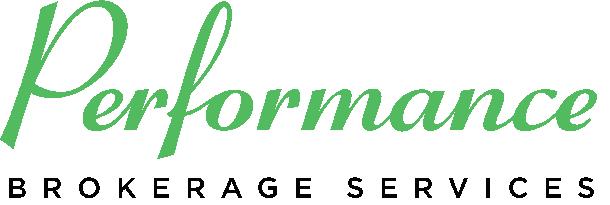


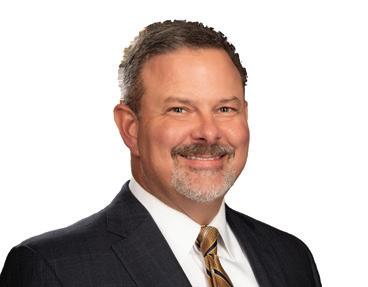
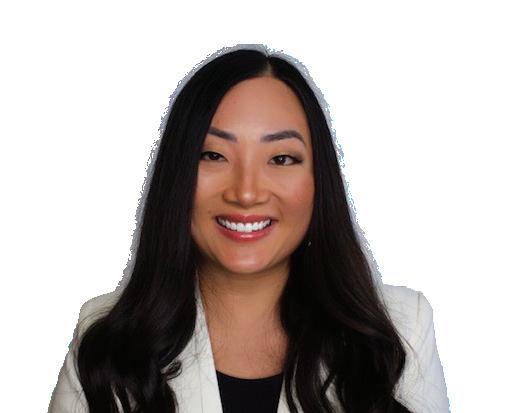



Matt is a Des Moines native, assisting dealers with their buy-sell needs. After spending over 20 years managing his family’s automotive dealership group in Iowa, Matt is excited to join Performance Brokerage Services as a Partner in the Midwest Office West. Matt’s enthusiasm for creating connections, bringing big dreams to fruition, and striving to meet goals makes Matt a unique and valuable asset to his clients and our team.

As the highest volume dealership brokerage firm in North America, we are perfectly suited to guide you on the sale of your business and maximize the value. After 30 years, 900 dealerships sold, and with a 90% closing rate, our reputation is unmatched and our actions are governed by the utmost integrity and honesty. Operating out of 10 regional offices, we provide national exposure with local representation. We pledge to do it right, every time, one client at a time.
For a confidential consultation and complimentary opinion of value on your business, please contact us:
Midwest Office West
Paul Kechnie, Senior Partner 512. 839. 5250 | paul@performancebrokerageservices.com
Matt Willis, Partner 515. 360. 6755 | mattw@performancebrokerageservices.com
Emily Bourne, Partner 585. 957. 1593 | emily@performancebrokerageservices.com 1080 Jordan Creek Pkwy #190N, West Des Moines, Iowa 50266

